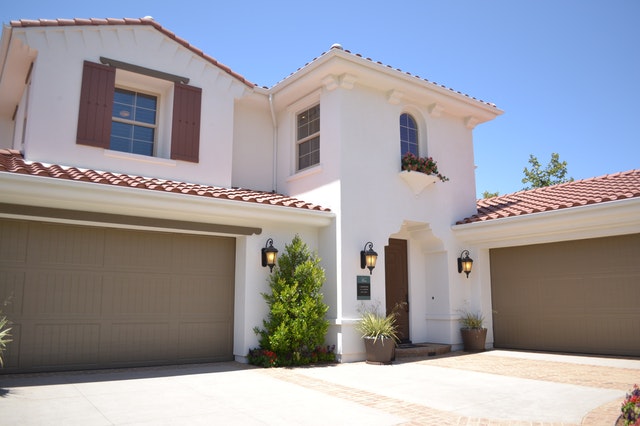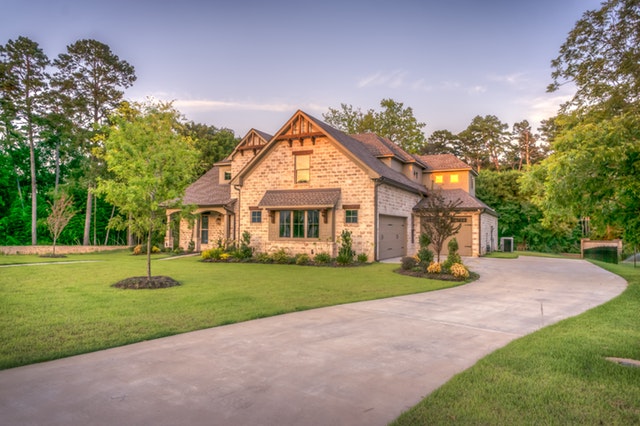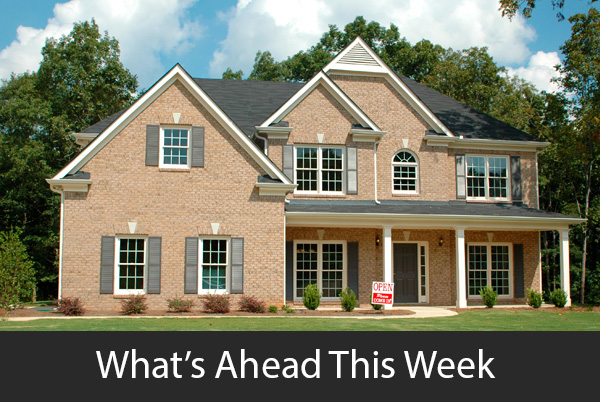 Just like Fantasy Football players try to predict who will score the most touchdowns, pass for the most yardage and win the Super Bowl, people with an eye on the real estate market also engage in speculation. Like sports fans, expectations are often driven by statistics from the previous season.
Just like Fantasy Football players try to predict who will score the most touchdowns, pass for the most yardage and win the Super Bowl, people with an eye on the real estate market also engage in speculation. Like sports fans, expectations are often driven by statistics from the previous season.
That being said, these are some of the important housing market trends buyers and sellers can expect in 2019.
1: New Construction To The Rescue (Sort Of)
The 2018 housing shortage has been well documented. The inventory shortfall has driven up listing prices and created a powerful seller’s market. The law of supply and demand would indicate that the construction sector will ramp up new home building in 2019.
Materials and labor costs are relatively modest when compared to new homes selling for approximately $150 per square foot on average. Home prices are expected to rise throughout 2019 creating more opportunity for construction outfits to build custom and spec houses. It is unlikely that new construction will keep pace with the high demand for homes. But buyers can expect more availability and custom-design options by working directly with builders.
2: Millennials Will Drive The Housing Market (Again)
In 2018, the full presence of Millennials was felt in the housing industry. There are now an estimated 75 million adults who fall into the demographic and they were reportedly responsible for upwards of 34 percent of all recent single-family home sales. Millennial home buyers were significantly responsible for higher than usual competition for starter homes in 2018.
At the older end of the spectrum, many are now in their mid-30s and fully engaged in careers. At the younger end, many are graduating from college and looking for starter homes as they enter the workforce. With more looking to buy first homes and others trading up, sellers would be wise to remain keenly aware of what Millennials want. Having grown up immersed in technology, Smart homes, and other integrated technologies tend to be attractive to this class of buyer.
3: Waiting May Result In Higher (But Still Low) Rates
The Federal Reserve continues to roll out interest rate increases against the fast-growing economy and employment stability. This did not come about unexpectedly and should not frighten off home buyers.
The Fed dropped rates to historic lows in 2008 after the Great Recession hit in an effort to stimulate growth. These days, business is thriving and there are reportedly 7 million unfilled jobs. All this good news means that the Fed will likely continue its planned increase throughout 2019. However, rates are likely to remain relatively low and buyer friendly.
4: Economy Expected To Remain Robust
To say we live in unusual times would be something of an understatement. The country has been embroiled in a series of tariff wars and trade negotiations many thought would cripple the GDP. The exact opposite seems to have occurred.
With the NAFTA deal now being redone as the USMCA, trade with Canada and Mexico are expected to be more beneficial for American businesses and wages. The administration is currently reworking a trade deal with the EU and a zero-tariff goal is on the table. The U.K. is in the midst of Brexit and a more beneficial trade agreement is expected there as well.
In terms of the dust-up with China, manufacturers appear to have simply shifted their output to other plants to avoid paying hefty tariffs. The price of goods appears to be staying low and the U.S. Business Confidence Index remains over 100 percent. These trends seem to overwhelmingly favor the American economy and housing market in 2019 and beyond.
Whether you are buying or selling, your trusted real estate professional is aware of the trends in your area and ready to help you find success with your real estate transactions.
 While you could spend tens of thousands of dollars or more completing a home makeover, there are more than a few budget-minded ideas that you may consider.
While you could spend tens of thousands of dollars or more completing a home makeover, there are more than a few budget-minded ideas that you may consider. For many homeowners, their mortgage payment contains more than just principal and interest. A little something called PMI could be representing a significant portion of that payment, and it’s important for home buyers to understand this cost.
For many homeowners, their mortgage payment contains more than just principal and interest. A little something called PMI could be representing a significant portion of that payment, and it’s important for home buyers to understand this cost. Home builder confidence in national housing market conditions rose one index point for a reading of 68 in October. Readings over 50 indicate that most builders are confident about market conditions. Rolling three-month averages showed mixed results. The Northeastern region gained three points for an index reading of 57; the Midwestern region lost two index points with a reading of 57 and the Southern region posted a gain of one point with a reading of 70. The Western region held steady at 74.
Home builder confidence in national housing market conditions rose one index point for a reading of 68 in October. Readings over 50 indicate that most builders are confident about market conditions. Rolling three-month averages showed mixed results. The Northeastern region gained three points for an index reading of 57; the Midwestern region lost two index points with a reading of 57 and the Southern region posted a gain of one point with a reading of 70. The Western region held steady at 74. Last week’s economic reports included readings on home builder confidence,sales of pre-owned homes and housing starts. The Commerce Department also issued a report on building permits issued; weekly reports on mortgage rates and first-time jobless claims were also released.
Last week’s economic reports included readings on home builder confidence,sales of pre-owned homes and housing starts. The Commerce Department also issued a report on building permits issued; weekly reports on mortgage rates and first-time jobless claims were also released. The record-setting pace of the U.S. economy continues to positively impact the housing market and home foreclosures now stand at an astonishing 12-year low.
The record-setting pace of the U.S. economy continues to positively impact the housing market and home foreclosures now stand at an astonishing 12-year low.